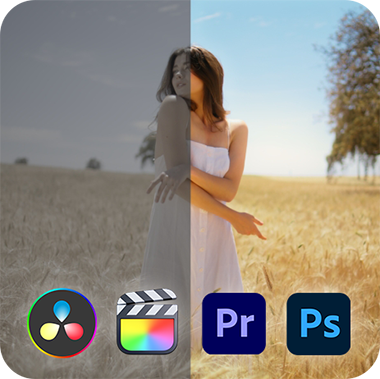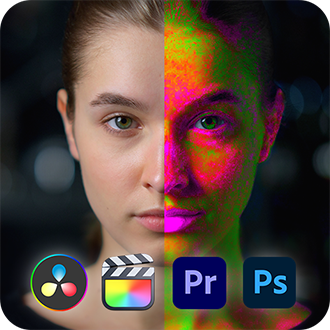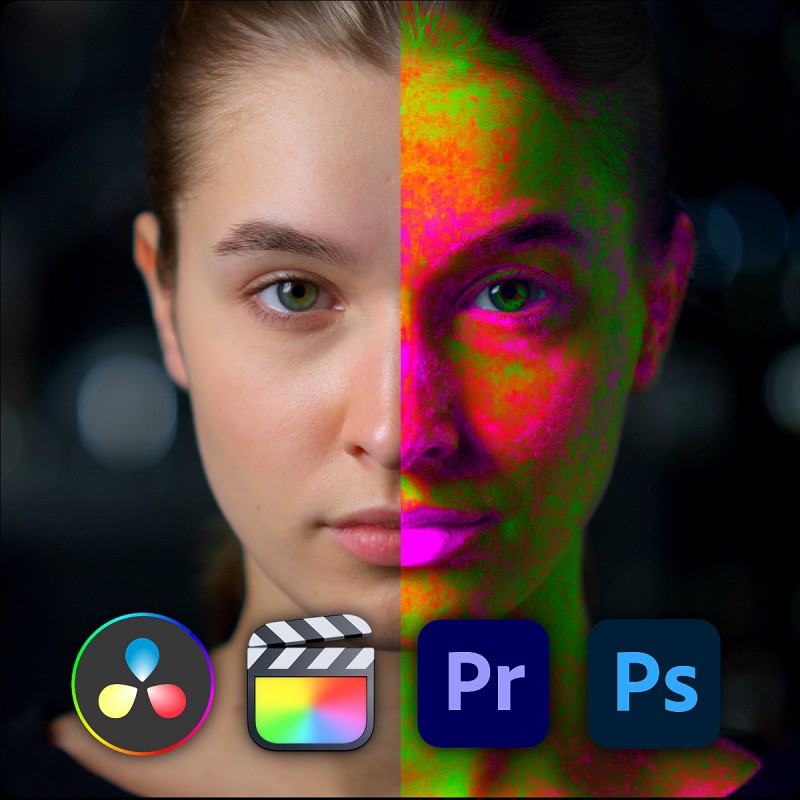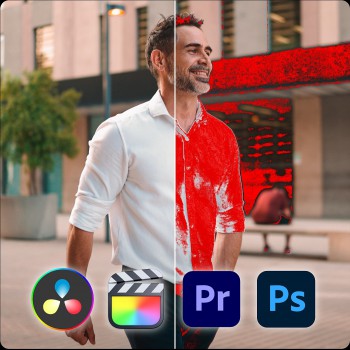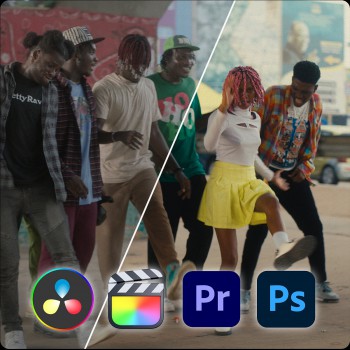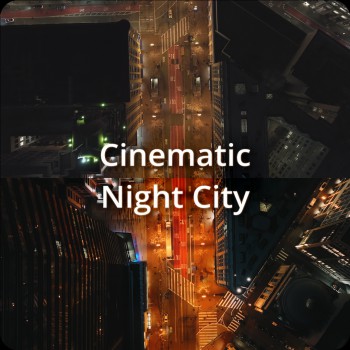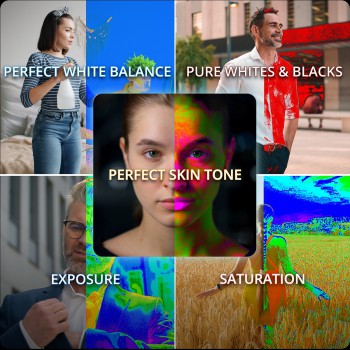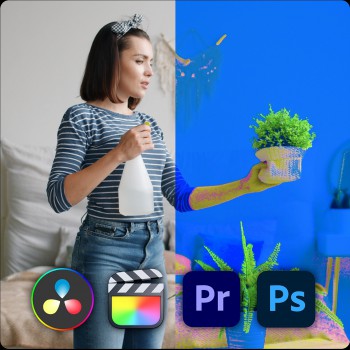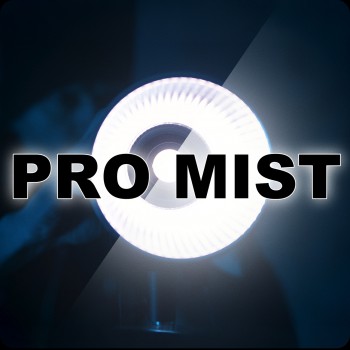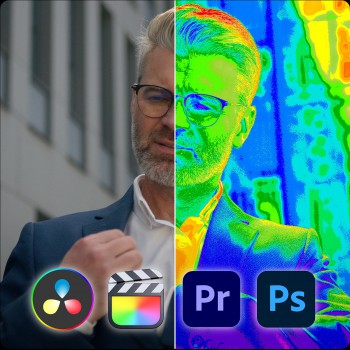Perfect skin tone indicator LUT
Attention: This is a virtual product and it will be sent to Your email as the download link. If You won't get an email with the link to Your inbox, please make sure to check the Spam folder too. Sometimes emails with the links are recognised as Spams. Thanks for choosing GradeLikePro.
Perfect skin tone
- What is the perfect skin tone? There is no one perfect skin tone, they are all a bit different in hues, density, saturation. That can vary even depending on the season of the year. By saying the Perfect Skin Tone, means perfect skin hue separation in highlights, midtones and shadows of the skin. That creates the depth of color and makes it look pleasing to our eyes.
How this LUT works?
This LUT works in any software like Davinci Resolve, Adobe Premier, Final Cut Pro, Photoshop and so on.
This LUT separates the skin tone and indicates that in colors. It shows the hue value only, not luminosity or saturation. The orange color is indicating what areas sits exactly on the skin tone indicator line in the Vectorscope and that should be usually our skin midtones. Skin highlights in a natural daylight conditions, should be usually pushed more to the greenish yellow side and the skin shadow areas should be more magenta red.
Its mainly as an indicator for getting the correct skin tone and its separation before You go to Your creative look.
If the LUT shows that the whole skin is sitting in one color area, means that it has no color separation, it will look fake and unnatural. So we should always get that separation in our skin to make it look natural and beautiful.
This LUT helps even more in the shots with multiple people in one frame, we can analize all of their skin tones at once. And it also works great on analyzing movie stills. To see where the overal look is pushing the skin tones.
How to use it?
Using it in Davinci Resolve: apply this LUT as the last node after Rec709 conversion and make all the adjustment before this LUT.
Using it in Adobe Premiere and Final Cut Pro: apply this LUT as the adjustment layer above Your clip and make all the adjustment in the clip below this LUT.
Using it in Photoshop: apply this LUT as the last top layer using Color Lookup tool and make all adjustments before/below LUT layer.
Then after all of Your adjustments just turn off or delete this LUT.
Welcome to watch my Youtube episode, which explains a real life use of this LUT:

